
Roots
The strands that adorn our heads, whether coiled, waved, or straight, hold more than mere biological composition. They carry whispers of eras long past, echoing societal expectations and the very architecture of what was deemed beautiful. To truly comprehend the choices we make about our hair today, one must journey back, to the foundational principles that shaped perception, particularly for textured hair.
This exploration invites us to witness how ancient ideals, sometimes subtly, sometimes with stark pronouncements, laid the groundwork for our modern hair narratives. It is a gentle unearthing, revealing how the very structure of our hair, its growth, and its classification, became intertwined with social standing and aesthetic decrees.

Early Societal Hair Meanings
Across diverse civilizations, hair served as a potent symbol. In pre-colonial Africa, hairstyles communicated a wealth of information, signifying a person’s geographic origin, marital status, age, ethnic identity, spiritual beliefs, wealth, and social standing. Intricate braiding patterns, often taking hours or even days to complete, were not simply decorative; they were living expressions of community and individual identity.
These practices often involved communal rituals of washing, oiling, and adorning hair with beads or shells, making hair care a social bonding experience. Among the Yoruba, for instance, hair was held as the most elevated part of the body, and braided styles could convey messages to the divine.
In contrast, many European societies, particularly after classical antiquity, gravitated towards ideals that favored length and a certain uniformity. Roman and Greek sculptures, often depicting idealized forms, showcased hair styled in flowing, often wavy or loosely curled, arrangements. These visual representations, though artistic, helped codify what was considered aesthetically pleasing within those cultures. The emphasis on smooth, often elongated styles in Western historical periods, from the Renaissance through the Victorian era, set a distinct visual precedent.
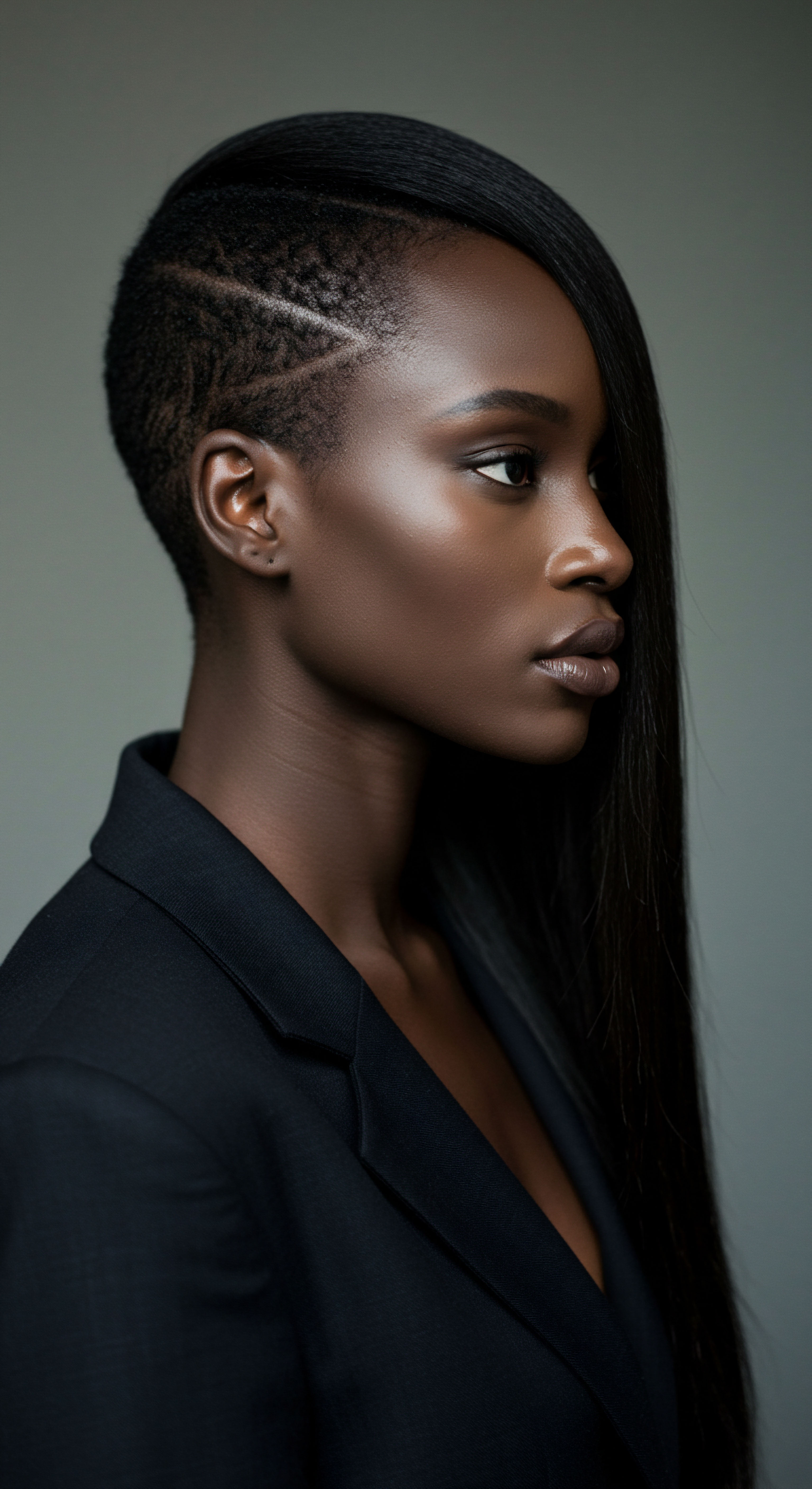
The Biology of Hair and Its Historical Misinterpretations
Hair, at its core, is a protein filament primarily composed of keratin. Its shape, from straight to tightly coiled, arises from the follicle’s structure and the distribution of keratin within the hair shaft. Straight hair typically emerges from a round follicle, while curly or coily hair grows from an oval or flattened follicle. The degree of curl also relates to the number of disulfide bonds within the keratin proteins.
Historically, however, these biological distinctions were often misinterpreted and, in many contexts, weaponized. During the transatlantic slave trade, European colonizers encountered the rich and varied hair traditions of African peoples. Despite an initial curiosity, they frequently described African hair as “woolly,” a derogatory term that stripped away its cultural significance and served as a means of dehumanization. This mischaracterization became a cornerstone of racial hierarchies, where straighter hair textures were deemed superior, a belief that regrettably persists in some circles even today.
Hair, a simple protein filament, became a complex social marker, often used to justify or reinforce societal divisions.
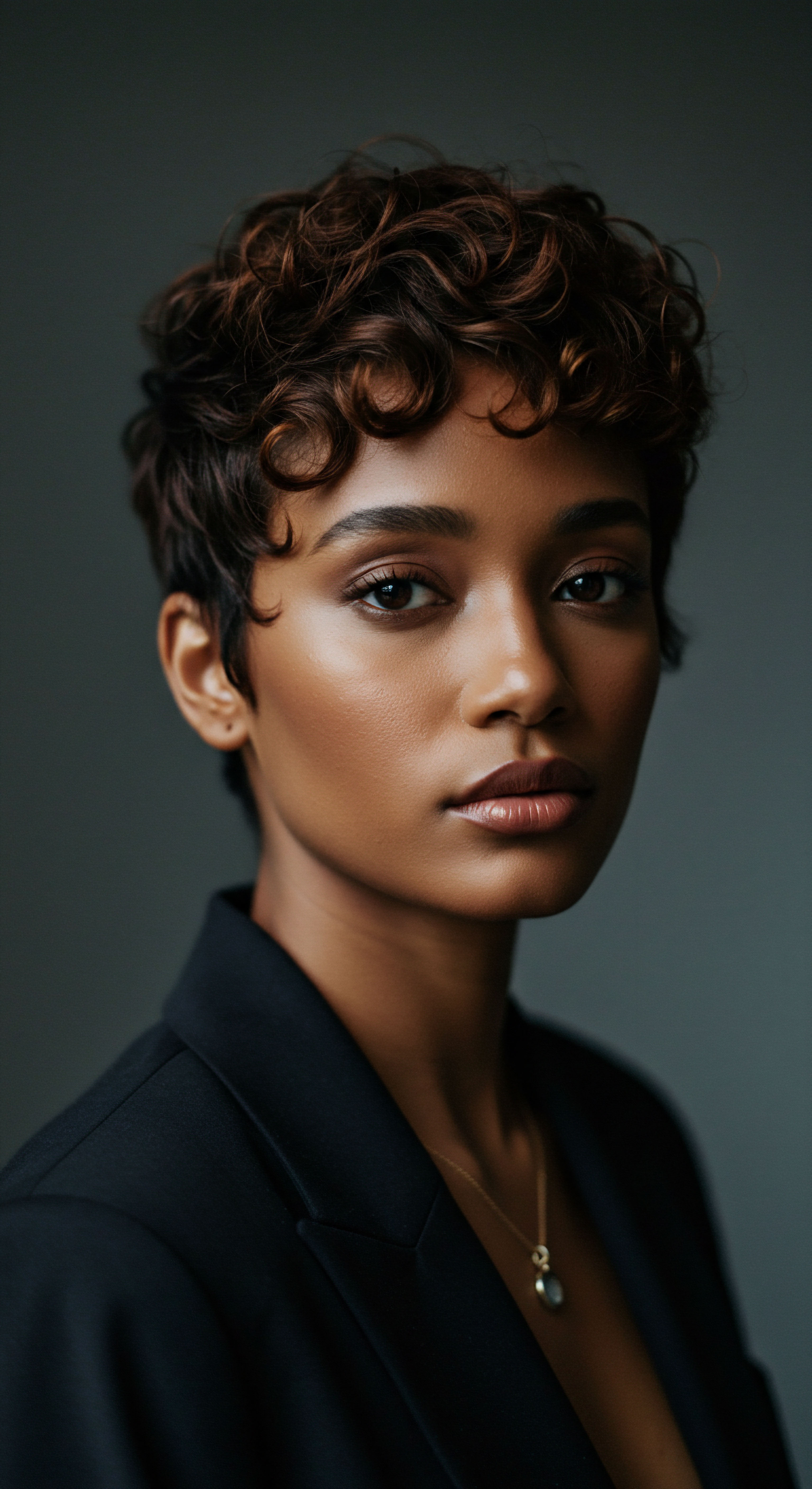
Categorizing Hair Textures Through Time
Formal hair classification systems are relatively modern inventions, but informal categorizations based on texture have existed for centuries, often tied to racial or ethnic distinctions. The historical context of these classifications is crucial to understanding their modern impact.
- African Hair ❉ Prior to colonization, diverse African societies had nuanced ways of distinguishing hair types, often tied to tribal identity or social status. These distinctions were internal and celebratory. With the advent of slavery, a brutal external classification emerged, viewing coiled hair as “bad” or “unmanageable” in contrast to European ideals.
- European Hair ❉ Historically, European hair was often described in terms of color (blonde, brown, red) and general wave pattern (straight, wavy, curly). The emphasis was on length, volume, and softness, often associated with femininity and youth.
- Asian Hair ❉ Characterized by its often straight, strong, and dark strands, Asian hair also had its own beauty ideals, frequently valuing sleekness and shine.
The imposition of Eurocentric beauty standards during colonialism and slavery led to a global hierarchy where straight hair was positioned at the apex. This external pressure to conform initiated a long and painful history of altering textured hair, a practice deeply rooted in the desire for acceptance and survival within oppressive systems.

Ritual
From the quiet contemplation of ancient braiding practices to the bustling energy of modern salons, the act of tending to one’s hair has always been steeped in ritual. This section guides us through the evolution of these practices, revealing how historical beauty standards shaped the tools and techniques we adopted, transforming simple acts of care into profound statements of identity, conformity, or defiance. We step into a space where the practical wisdom of styling meets the persistent echoes of past expectations, providing a gentle lens through which to consider our daily hair choices.

Hair Manipulation Through the Ages
The desire to alter hair texture to align with prevailing beauty standards is not a new phenomenon. Historical records abound with examples of societies using various methods to achieve desired looks. In ancient Egypt, both men and women used heated tools and natural ingredients to straighten or curl their hair, often adorning it with elaborate wigs. European history reveals periods where elaborate powdered wigs were fashionable, requiring significant time and specific tools for their maintenance.
For individuals with textured hair, particularly those of African descent, the pressure to conform to Eurocentric straight-hair ideals intensified dramatically with slavery and colonialism. This led to the widespread adoption of methods designed to straighten coiled hair. Early attempts involved harsh substances like lye and potato water, or heated metal combs and irons. These were not mere cosmetic choices; they were often acts of survival, attempts to avoid discrimination, violence, or to gain meager social or economic advantages within oppressive systems.
The daily acts of hair care often carry a silent history, reflecting societal pressures and the yearning for acceptance.
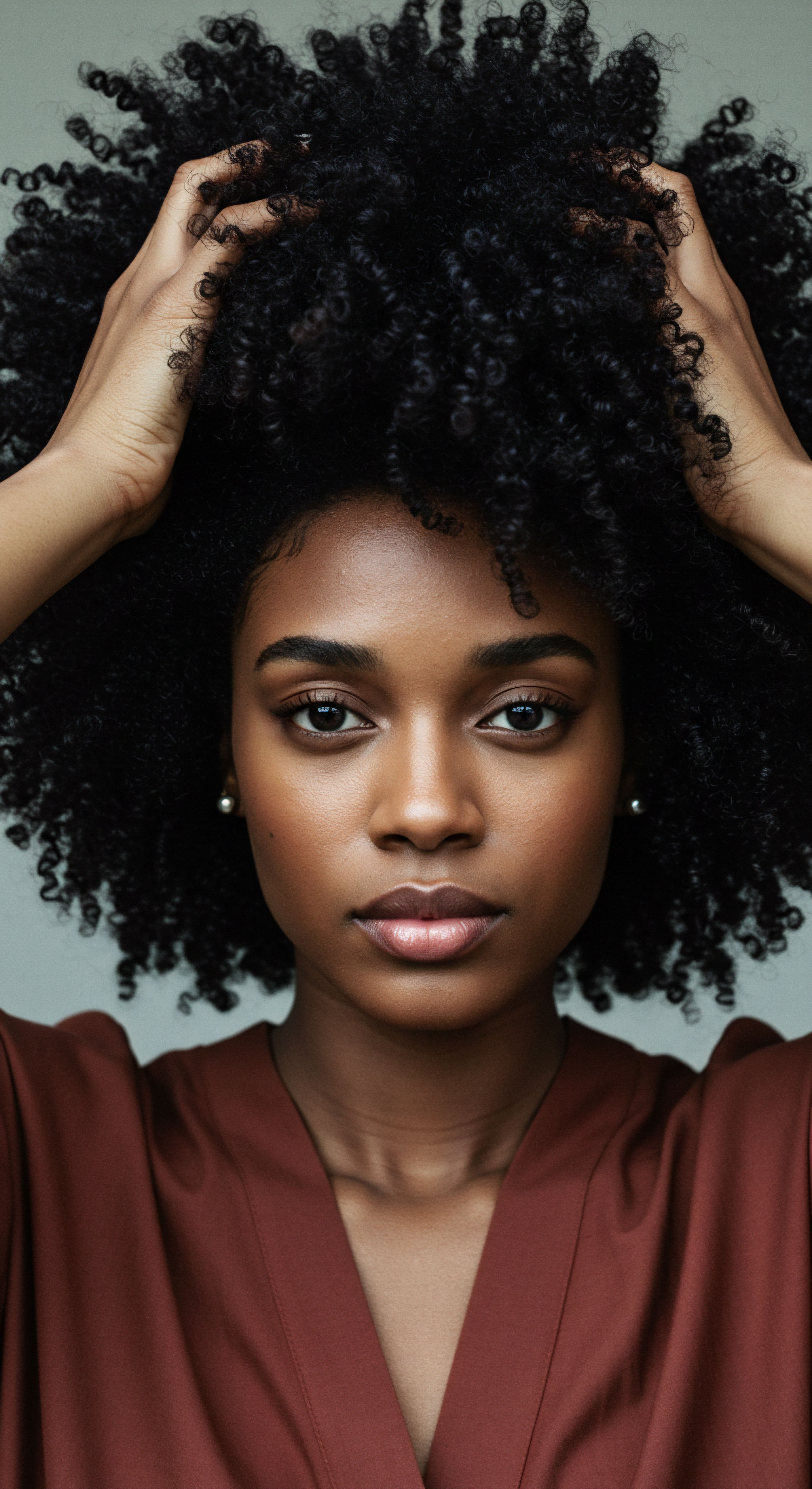
What Tools Have Shaped Hair Choices Over Time?
The tools used for hair styling have always reflected the dominant aesthetic of an era and the available technology.
- Combs and Picks ❉ While universal, their design adapted to hair types. Fine-toothed combs for straight hair, wider-toothed combs and picks for detangling and styling textured hair. Historically, materials ranged from wood and bone to ivory and later, plastic.
- Heated Tools ❉ The pressing comb, or “hot comb,” became a ubiquitous tool in Black communities, offering a temporary straightening solution. Its invention, and the subsequent popularization by figures like Madam C.J. Walker, provided a means for Black women to achieve smoother styles, often seen as a gateway to social acceptance and economic opportunity. Early versions were heated on stoves, carrying risks of burns and hair damage.
- Chemical Straighteners ❉ The early 20th century saw the advent of chemical relaxers, promising more permanent straightening. These formulations, often containing harsh lye, irrevocably altered the hair’s protein structure. The widespread use of relaxers for decades cemented a beauty standard that equated straightened hair with professionalism and beauty, deeply impacting generations of Black women.
These tools, born from a blend of ingenuity and societal pressure, profoundly influenced the routines and expectations surrounding hair. They allowed for transformations, sometimes liberating, sometimes constraining, but always echoing the aesthetic mandates of their time.

Modern Hair Styling Techniques and Their Ancestral Echoes
Today’s styling practices, even those celebrating natural textures, bear the imprint of historical developments. The rise of the “natural hair movement” represents a powerful rejection of historically imposed standards, yet it also involves sophisticated techniques that draw on ancient practices. Braiding, twisting, and locing, for example, are ancient African traditions that have been reclaimed and modernized. These styles offer protective benefits, reducing manipulation and allowing hair to grow.
The choice to wear hair in its natural state, free from chemical alteration, is a direct counter-response to decades of pressure to conform. This shift involves a rediscovery of specific care rituals for textured hair, from specialized cleansing methods to moisture retention practices. The availability of products designed for a spectrum of curl patterns empowers individuals to honor their innate hair characteristics, rather than seeking to change them.
| Era or Context Ancient Egypt |
| Tool Examples Heated rods, combs |
| Primary Purpose Curling, straightening, wig styling |
| Era or Context 19th Century Europe |
| Tool Examples Curling irons, hair crimpers |
| Primary Purpose Adding waves, volume |
| Era or Context Early 20th Century African Diaspora |
| Tool Examples Hot comb, lye relaxers |
| Primary Purpose Hair straightening, smoothing |
| Era or Context Contemporary Textured Hair Care |
| Tool Examples Denman brushes, diffusers, curl definers |
| Primary Purpose Enhancing natural curl patterns, gentle drying |
| Era or Context Tools have evolved to meet changing beauty ideals and hair care needs. |
The practical application of historical standards, whether through heat or chemical processes, shaped generations of hair routines. Understanding these roots helps us appreciate the deliberate choices being made today, choices that honor personal wellbeing and cultural heritage.
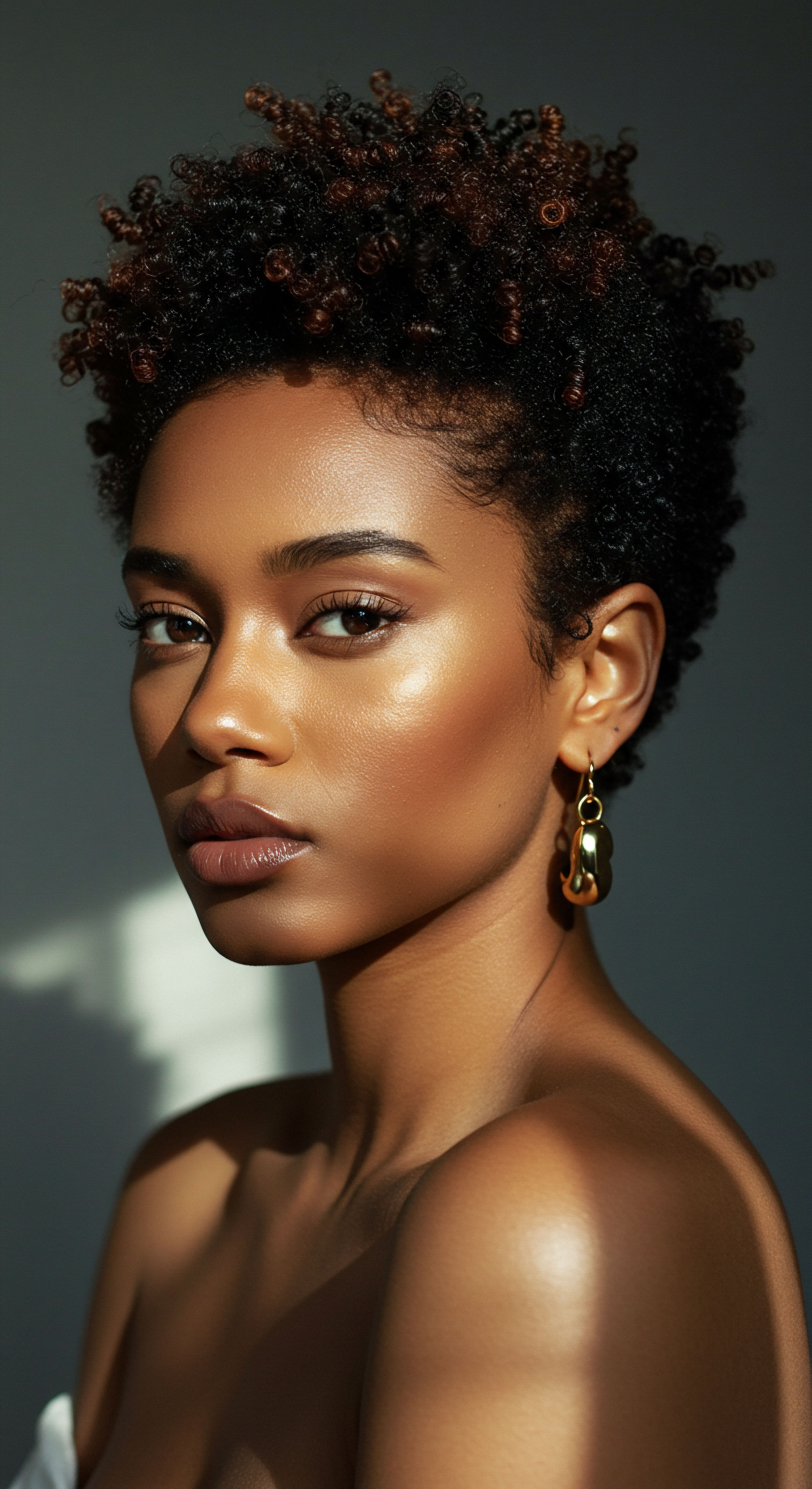
Relay
The whispers of history, though subtle, carry a profound resonance in the modern world, shaping our hair choices in ways both overt and concealed. We move now to a deeper consideration of how these past standards continue to influence contemporary perceptions, decisions, and even societal structures. This section invites a closer look at the intricate interplay of science, culture, and individual psychology, revealing the persistent echoes of historical ideals within our present-day hair experiences. It is a journey into the complex layers that define what is considered “acceptable” or “beautiful” hair today, especially for those with textured strands.
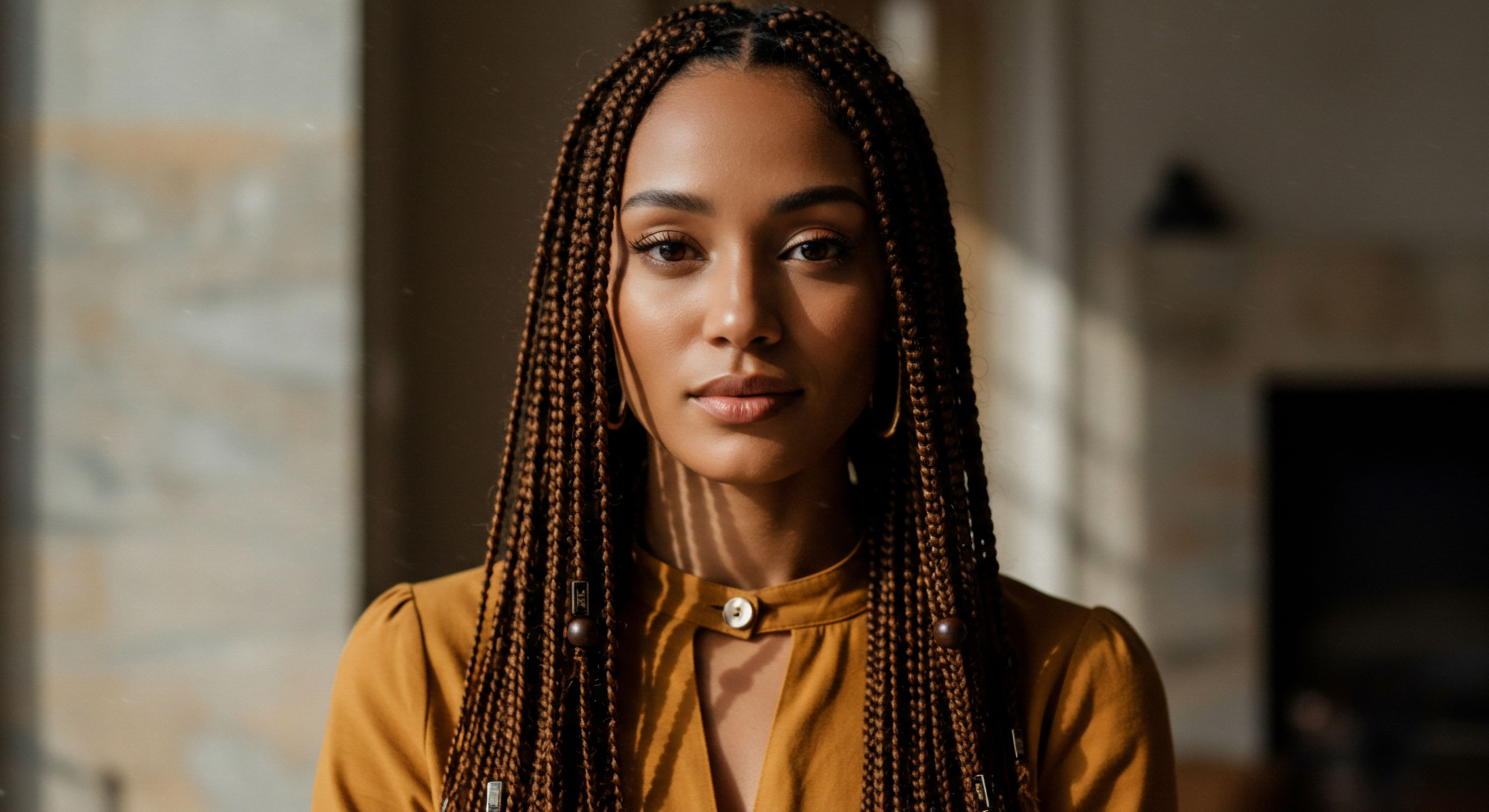
Societal Structures and Hair Discrimination
The historical preference for straight hair, deeply ingrained during periods of slavery and colonialism, did not vanish with emancipation. Instead, it subtly, and sometimes overtly, transformed into institutional and social biases. This historical conditioning positioned Eurocentric hair as the professional and beautiful norm, rendering natural textured hair as “unprofessional” or “unkempt.” This perception has had tangible, detrimental effects on individuals, particularly Black women, in various spheres of life, including education and employment.
A powerful illustration of this enduring bias comes from contemporary research. A 2019 study, known as The CROWN Research Study, found that Black women are 80% More Likely to Change Their Natural Hair to Meet Workplace Expectations. This statistic, stark in its clarity, speaks volumes about the pervasive nature of historical beauty standards.
It reveals that even in the 21st century, the ghost of past prejudices compels individuals to alter their inherent physical characteristics to navigate professional environments successfully. This is not a choice born of simple preference, but often one of perceived necessity, rooted in a history of systemic discrimination.

How Do Historical Standards Influence Hair Perceptions Today?
The influence extends beyond the workplace. Media portrayals, often steeped in historical ideals, continue to shape collective perceptions of beauty. For decades, mainstream media largely showcased straight or loosely wavy hair as the epitome of glamour, contributing to an internalized devaluation of textured hair among many. This consistent visual messaging, stemming from a long lineage of Eurocentric dominance in beauty industries, subtly guides what is considered desirable.
This phenomenon extends to the very language we use. Terms like “good hair” and “bad hair,” directly linked to the proximity of one’s hair texture to European straightness, are direct descendants of colonial-era racial hierarchies. These terms, though increasingly challenged, still surface in conversations, highlighting the deeply embedded nature of these historical classifications within social consciousness.

The Psychology of Hair Choices
The decision to wear one’s hair in a particular style is rarely superficial. For many, especially those with textured hair, it is a deeply personal statement, a negotiation between personal identity and societal pressure. The psychological burden of conforming to an imposed beauty standard can be significant, impacting self-esteem and mental wellbeing.
Conversely, the growing movement towards embracing natural hair represents a powerful act of self-affirmation and cultural reclamation. This choice can be a deliberate rejection of historical oppression, a statement of pride in one’s heritage, and a pathway to greater self-acceptance. Studies indicate that wearing natural hair can correlate with positive self-esteem, particularly for Black women.
The enduring influence of historical beauty standards creates a silent negotiation in every modern hair choice.
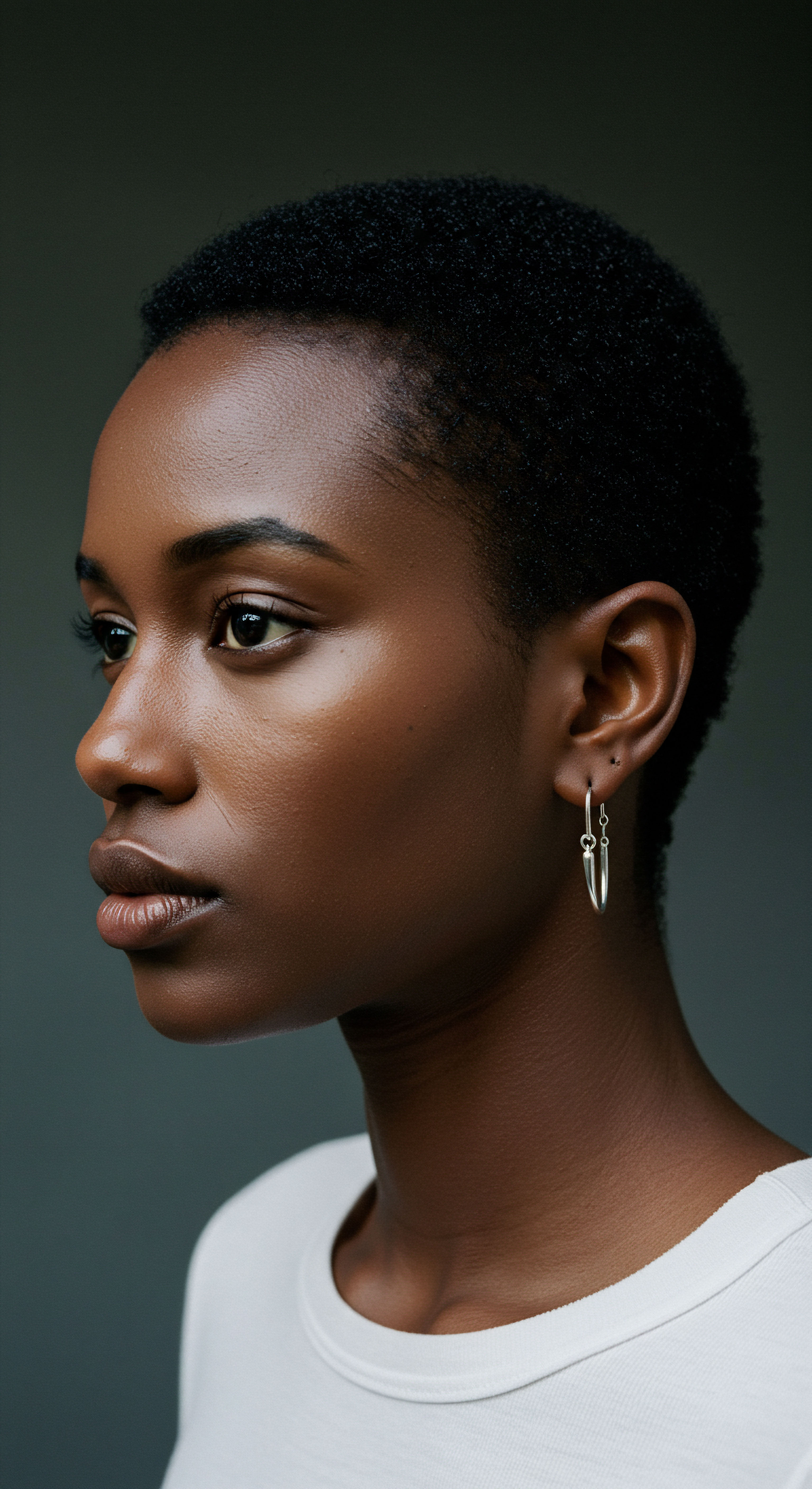
Societal Responses and Legal Protections
In response to ongoing hair discrimination rooted in historical biases, legislative efforts have emerged. The CROWN Act (Creating a Respectful and Open World for Natural Hair), enacted in various states across the United States, prohibits discrimination based on hair texture and protective hairstyles associated with race. This legal action acknowledges the historical and ongoing harm caused by beauty standards that privilege one hair type over others.
These legal measures represent a societal recognition that hair choices, particularly for Black individuals, are not merely aesthetic preferences but are deeply connected to identity, dignity, and equal opportunity. The existence of such legislation underscores how profoundly historical beauty standards continue to impact modern lived experiences, necessitating protective frameworks to counter their lingering effects.
The table below summarizes some key aspects of how historical beauty standards continue to influence modern hair choices and societal perceptions.
| Historical Standard/Bias Eurocentric straight hair ideal |
| Modern Manifestation/Impact Perceived "unprofessionalism" of natural textures in workplaces and schools. |
| Societal Response Anti-discrimination legislation (e.g. CROWN Act). |
| Historical Standard/Bias Dehumanization of textured hair |
| Modern Manifestation/Impact Internalized self-perception issues, use of "good/bad" hair terminology. |
| Societal Response Natural hair movements, self-acceptance advocacy. |
| Historical Standard/Bias Limited representation in media |
| Modern Manifestation/Impact Continued underrepresentation of diverse textures in mainstream media. |
| Societal Response Increased demand for diverse representation, independent media platforms. |
| Historical Standard/Bias Pressure to chemically alter hair |
| Modern Manifestation/Impact High rates of chemical straightening for perceived social acceptance. |
| Societal Response Growing embrace of chemical-free hair care. |
| Historical Standard/Bias The echoes of historical beauty standards shape modern hair choices and societal responses. |

Do Hair Standards Reflect Broader Social Hierarchies?
Hair standards have consistently mirrored and reinforced broader social hierarchies. In many historical contexts, hair served as a visual shorthand for class, status, and racial purity. In ancient Rome, specific hairstyles distinguished married women from others, while in the Victorian era, elaborate, restrained updos signified decorum and social standing. For enslaved populations, hair was often forcibly shaved or hidden, a direct assault on identity and a symbol of subjugation.
This historical connection between hair and social standing continues to play out in contemporary society. The preference for “sleek” or “polished” hair in corporate environments, often implicitly or explicitly favoring straight textures, reflects a lingering bias against hair that does not conform to historically dominant aesthetics. This bias, though often unstated, can create real barriers to professional advancement for those whose hair naturally defies these norms. The ongoing fight for hair inclusivity is, at its heart, a struggle for equity and recognition of diverse identities within established social structures.

Reflection
As we close this thoughtful examination, we are left with a quiet realization ❉ our hair, in all its varied forms, carries a profound and enduring history. The choices we make today, from the simplest morning routine to a dramatic style transformation, are never truly isolated. They are dialogues with the past, responses to inherited ideals, and expressions of a continually evolving sense of self.
Understanding these historical currents does not bind us to them, but rather, frees us to choose with greater awareness, to celebrate the rich heritage of textured hair, and to envision a future where beauty is defined by authenticity, not by antiquated molds. Each strand, each coil, each wave holds a story, waiting to be acknowledged and honored.
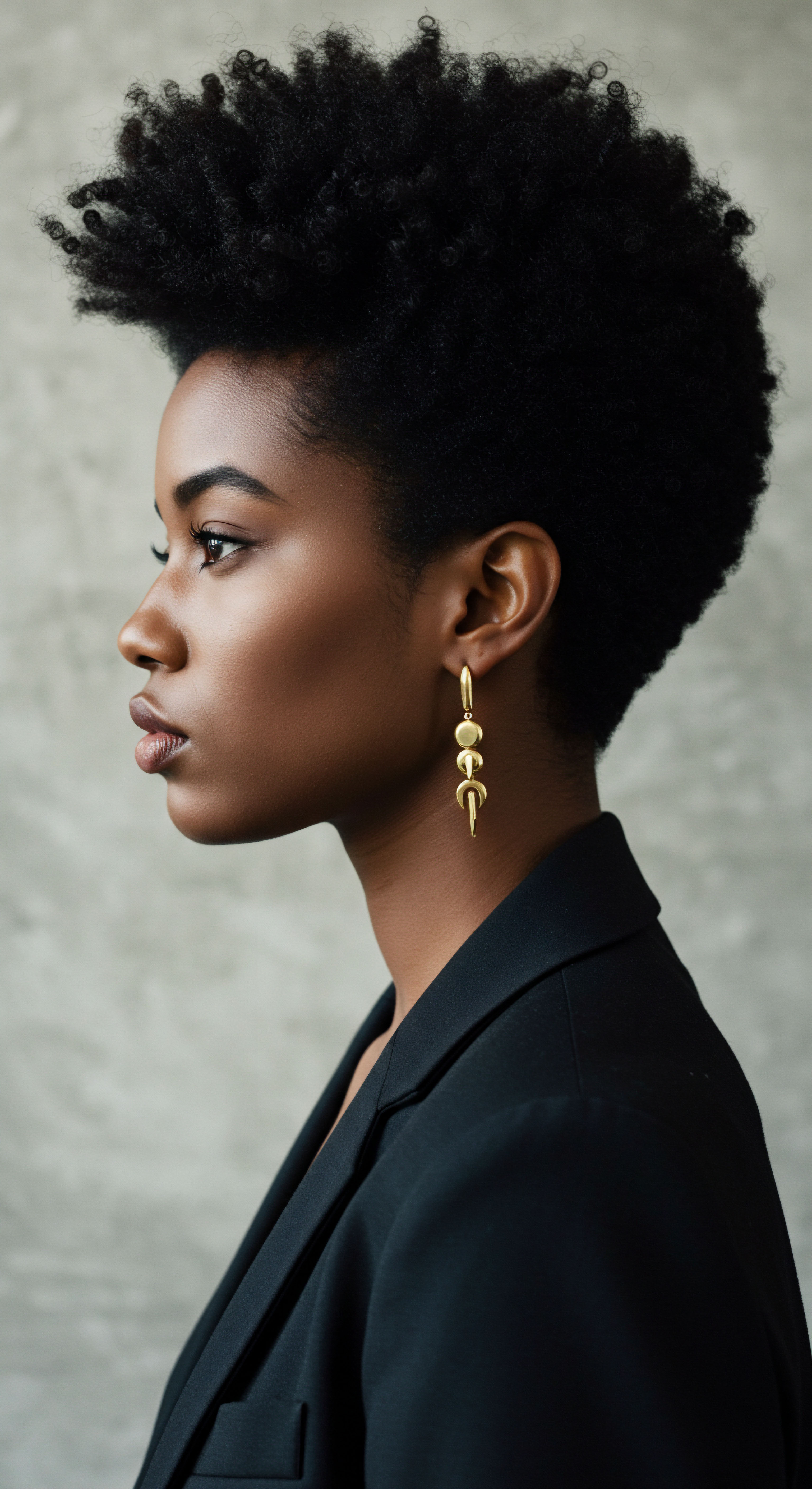
References
- Byrd, Ayana D. and Lori L. Tharps. Hair Story ❉ Untangling the Roots of Black Hair in America. St. Martin’s Griffin, 2002.
- Biddle-Perry, Geraldine, and Edith Snook, et al. A Cultural History of Hair ❉ Volumes 1-6. Bloomsbury Academic, 2019.
- Corson, Richard. Fashions in Hair ❉ The First Five Thousand Years. Dufour Editions, 1977.
- Greene, D. Wendy. “Splitting Hairs ❉ The Eleventh Circuit’s Take on Workplace Bans Against Black Women’s Natural Hair in EEOC v. Catastrophe Management Solutions.” University of Miami Law Review, vol. 71, no. 3, 2017, pp. 987-1012.
- Knight, Sol Maria Fernandez, and Wahbie Long. “Narratives of Black Women on Hair in the Workplace.” South African Journal of Psychology, vol. 50, no. 3, 2020, pp. 384-394.
- Matjila, Chéri R. “The Meaning of Hair for Southern African Black Women.” Master’s thesis, University of the Free State, 2020.
- Oyedemi, Titilayo. “‘Beautiful’ Hair and the Cultural Violence of Identity Erasure.” Social Identities, vol. 22, no. 5, 2016, pp. 537-552.
- Summers, Latesha, et al. “Hair We Grow Again ❉ Upward Mobility, Career Compromise, and Natural Hair Bias in the Workplace.” Journal of Human Resources and Adult Learning, vol. 18, no. 2, 2022, pp. 202-211.
- The CROWN Coalition. The CROWN Research Study ❉ The Perceived Impact of Hair Bias in the Workplace. Dove, 2019.
- Thompson, Carol. “What Every Dermatologist Must Know About the History of Black Hair.” Journal of the American Academy of Dermatology, 2023.
- Weitz, Rose. Rapunzel’s Daughters ❉ What Women’s Hair Tells Us about Women’s Lives. Farrar, Straus and Giroux, 2004.